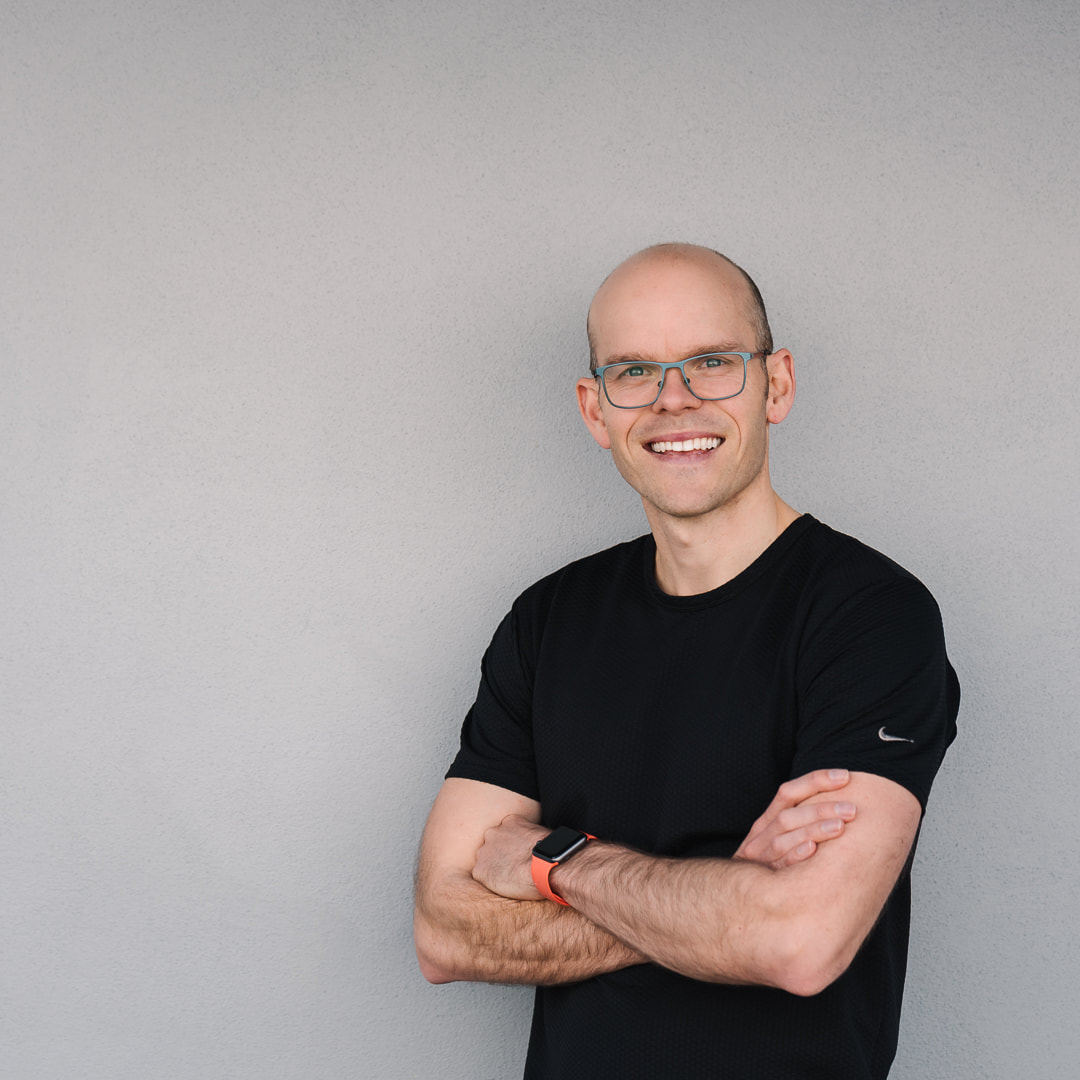- Keep feet shoulder width apart
- Tighten your core musculature
- Bend your knees and keep your back straight
- Lift with your legs
- Keep the weight close to your body
- Avoid twisting
- If you have to strain, get some help.
This technique is great, as long as the object is on the ground and you are able to bend down next to it. In those situations where you can’t do it like this, how can you pick something up to help minimize the risk of injury? There are two key parts to this. The first is making sure you are bracing properly. The second is utilizing the hip hinge movement.
Abdominal bracing
Abdominal bracing is used (or should be used) in lots of daily activities. Bracing is not simply sucking your belly button in towards the spine. It is tightening your core by activating the abdominal muscles, (in particular the Transverse Abdominus), increasing the pressure in your abdomen and therefore increasing the stability of spine. This should be used in all lifting. A good abdominal brace requires a good amount of pressure. Here is a simple technique to try to learn how much bracing you should apply.
- Lay on your back on the ground with your knees bent and feet flat on the floor.
- Find the boney points on the front of your pelvis and move your fingers 1-2cm towards the centre. When you are lying there relaxed, this area should be nice and soft.
- Now tighten your abdominal muscles until you feel a muscle push up into your fingers (this normally requires a fair amount of pressure). This is the tension you should aim for when lifting.
- Stand up and repeat the same process to get a feeling of what it is like in a standing position.
The muscle that pushes up into your fingers in this technique is the Transverse Abdominus muscle. This is one of the more important stabilizing muscles for the lower back.
The Hip Hinge
I have talked about the hip hinge motion in several posts before but I will discuss it here as well, as it is vitally important in lifting. In order to have a strong back when we are lifting, we need to maintain the normal spinal curve of the lower back. Basically, this is keeping the back “flat”. The problem a lot of people get is that when they bend forward they round the lower back which increases the risk of injury. The hip hinge motion enables us to keep the back flat and stable whilst hinging through the hips. Here is a good way to practice the hip hinge using a stick:
- Take a stick or broom stick and place along your back. Make sure it touches 3 points (head, upper back and pelvis) throughout the entire movement.
- Reach the pelvis backwards with a slight bend in the knees. The knees should be above the ankles.
- Hinge the upper body forward making sure the knees do not bend too much. The movement should be through the hips and not the lower back.
- Throughout the entire movement maintain strict form and the 3 points of contact.
If you have any concerns about back pain, would like a chiropractic assessment or just want to find out more, please contact us to make an appointment. With back pain, the old adage 'prevention is better than cure' definitely rings true.



 RSS Feed
RSS Feed


